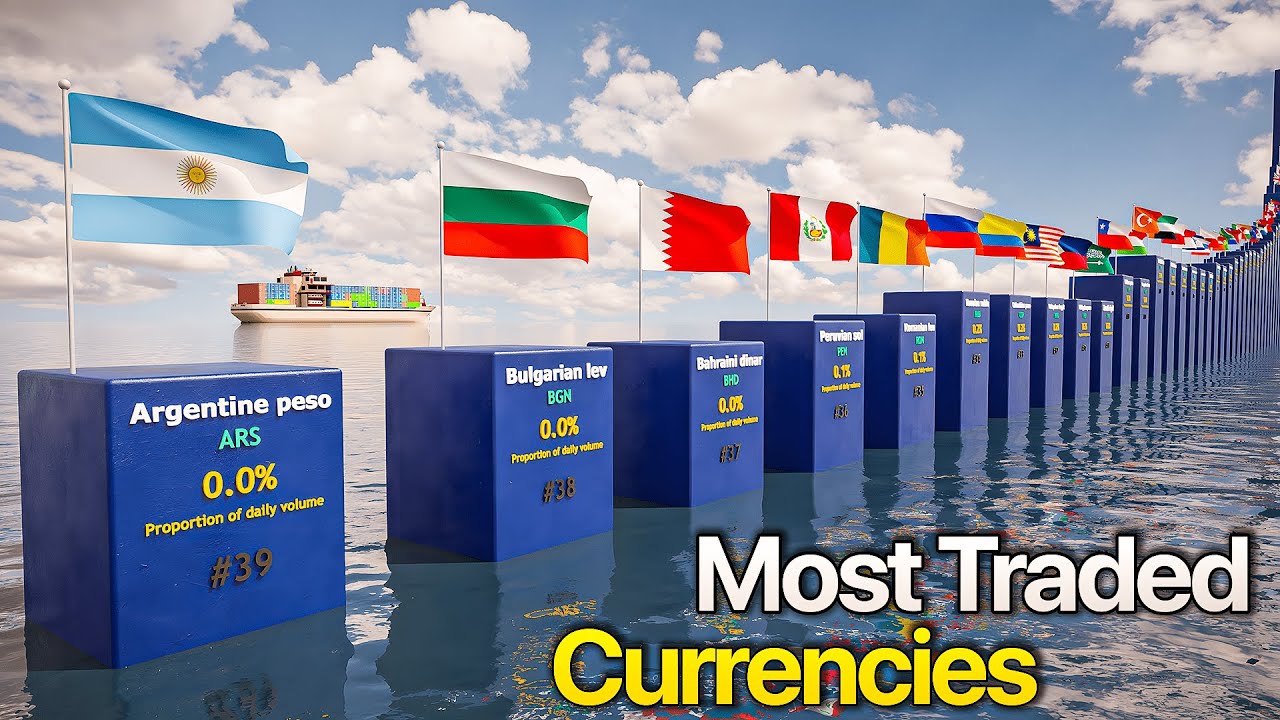
Explore the dynamic world of currency trading by delving into the top ten most traded currencies in the world. Stay up to speed on the most traded currencies in the world in 2024, learn about the top ten most popular currencies, and explore the world’s top ten most traded currencies.
The forex market is the world’s largest financial market, where currencies from various countries are exchanged against one another. The value of one currency is determined by the exchange rate with another. Currencies that are extensively accepted and used in international trade and finance are typically thought to be tradeable. A tradeable currency is one that can be readily purchased and sold on the foreign exchange market, often known as the forex market.
The degree of tradeability varies by currency and is affected by a country’s market and economic conditions. A currency that is regarded less tradeable is one that is rarely utilized in international trade and is not widely accepted by other nations. The most tradeable currencies have a generally stable value and a liquid market, making them an excellent choice for investors and traders seeking exposure to a variety of currencies.
List of the Most Traded Currencies In The World
1. US Dollar (USD)

The US dollar (USD) is the most traded currency in the world, accounting for about 88% of all transactions. It is widely used as a reserve currency by central banks worldwide and is the official currency of the United States. The size and stability of the US economy are two significant reasons why the USD is the world’s most traded currency.
The United States is the world’s largest economy and is widely considered as stable, which has contributed to the USD’s status as a safe haven currency. This means that during times of economic uncertainty or volatility, investors usually flock to the USD.
2. Euro (EUR)
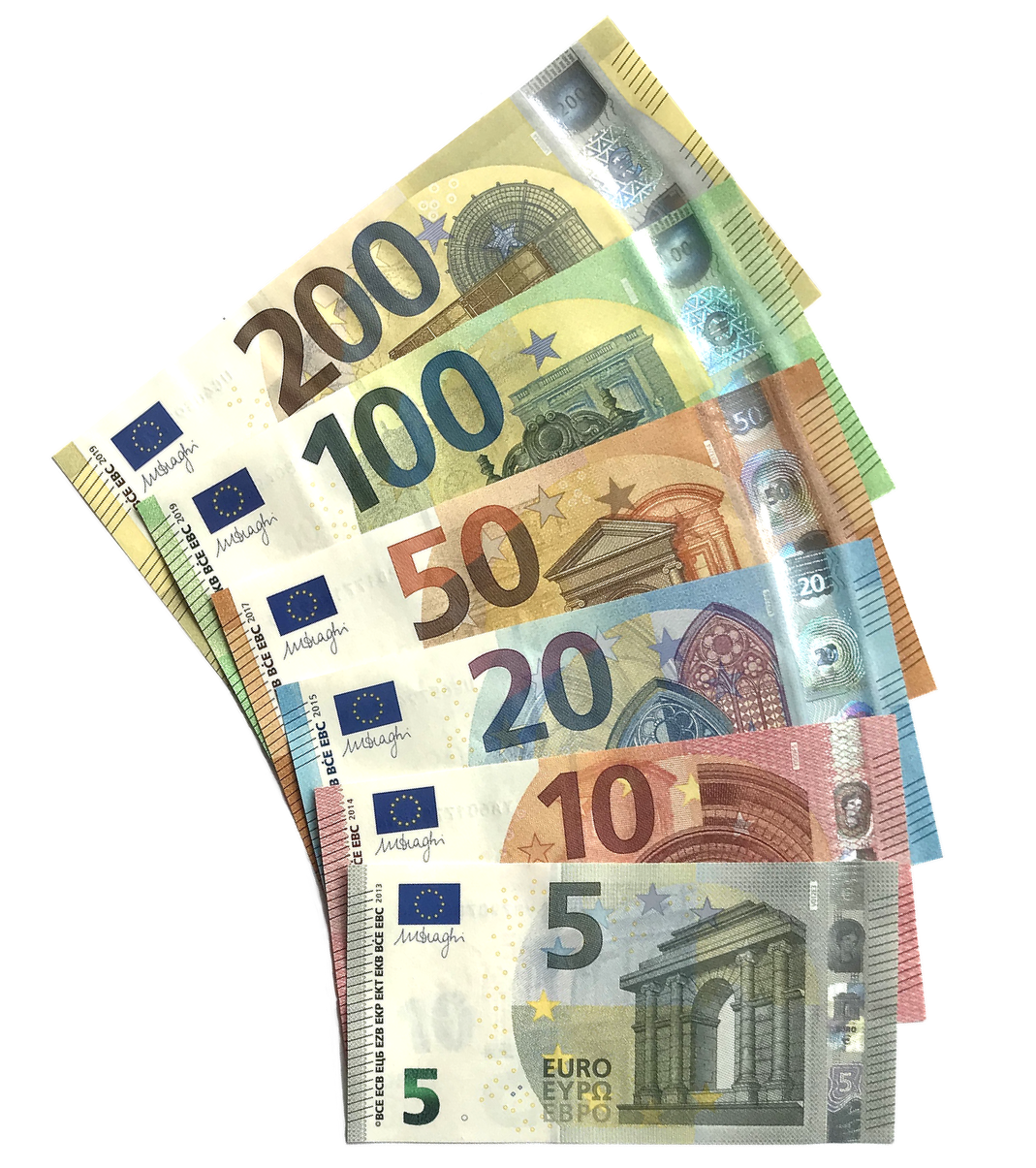
The Euro (EUR) is the European Union’s official currency, used by 19 of its 27 member countries, collectively known as the Eurozone. It is the world’s second most traded currency, with widespread use in international trade and banking. The Euro was debuted as an electronic currency in 1999, and it began to circulate as real currency in 2002.
The Euro was designed to provide a unified currency for the European Union in order to foster economic cohesion and stability while also making it easier for people and businesses to trade across EU borders.
3. Japanese Yen (JPY)
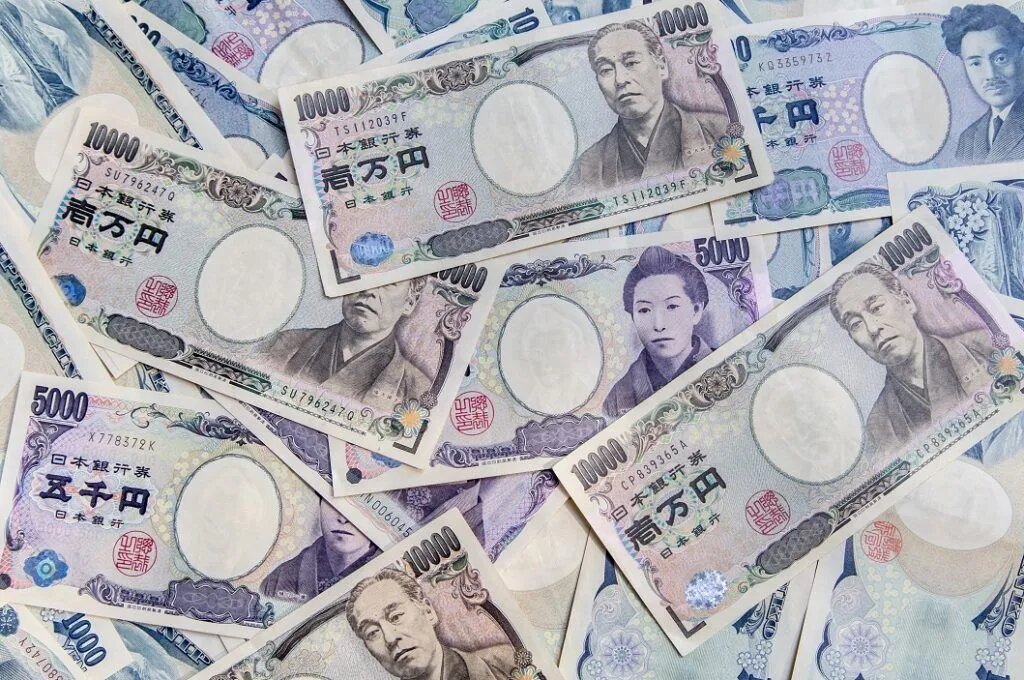
The Japanese Yen (JPY) is the world’s third most traded currency, and it serves as Japan’s legal money. It is commonly used in international trade and finance, especially in Asia.
The Japanese yen has a long history and has been used as payment in Japan for many years. The complex system of coins and notes that had been in use since the Edo period was replaced with the modern version of the Yen, established in 1871.
4. British Pound (GBP)
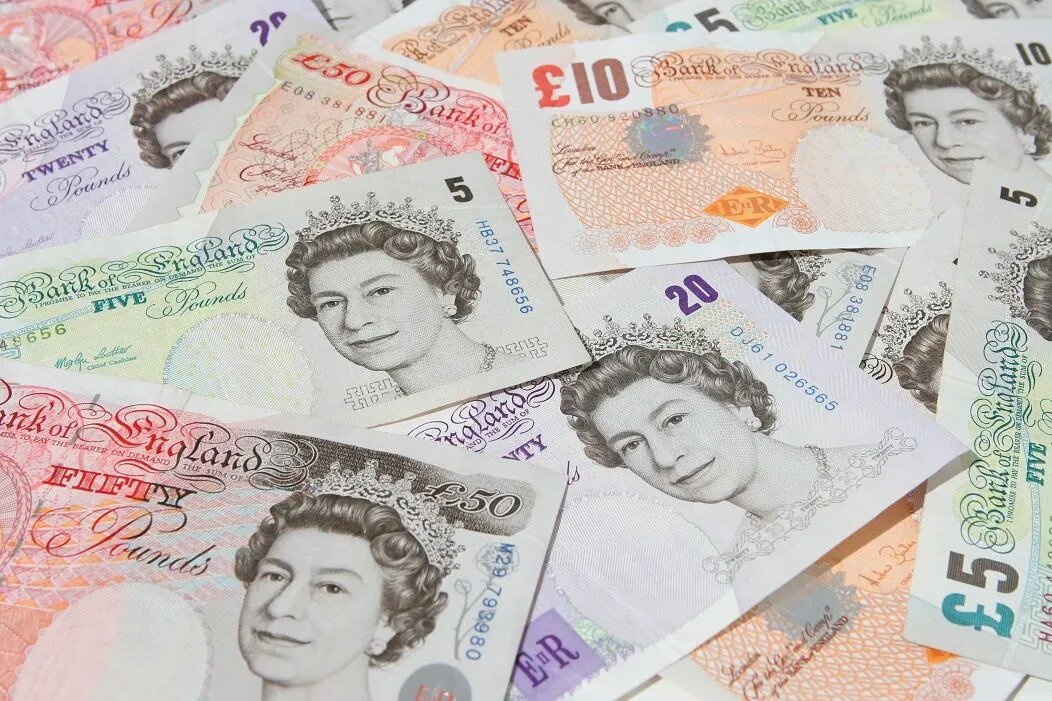
The British pound (GBP) is the world’s fourth-most traded currency and the official unit of account for the United Kingdom. It has a long history as a major currency and is widely utilized in international trade and finance.
The British pound has been used as the UK’s official currency since the 18th century, but its origins can be traced back to the ninth century. The Bank of England, the United Kingdom’s central bank, regulates the creation and circulation of the pound and formulates monetary policy to ensure price stability and long-term economic growth.
5. Australian Dollar (AUD)

The Australian Dollar is the world’s fifth most traded currency, and it acts as Australia’s official unit of exchange. It is widely used in international trade and banking, especially in Asia and the Pacific. The Australian dollar has a long history, dating back to 1910 when the first banknotes were issued.
In 1966, the Australian Pound was replaced with the current Australian Dollar. The Reserve Bank of Australia (RBA), the country’s central bank, issues and circulates the AUD and sets monetary policy to ensure price stability and long-term economic growth.
6. Canadian Dollar (CAD)
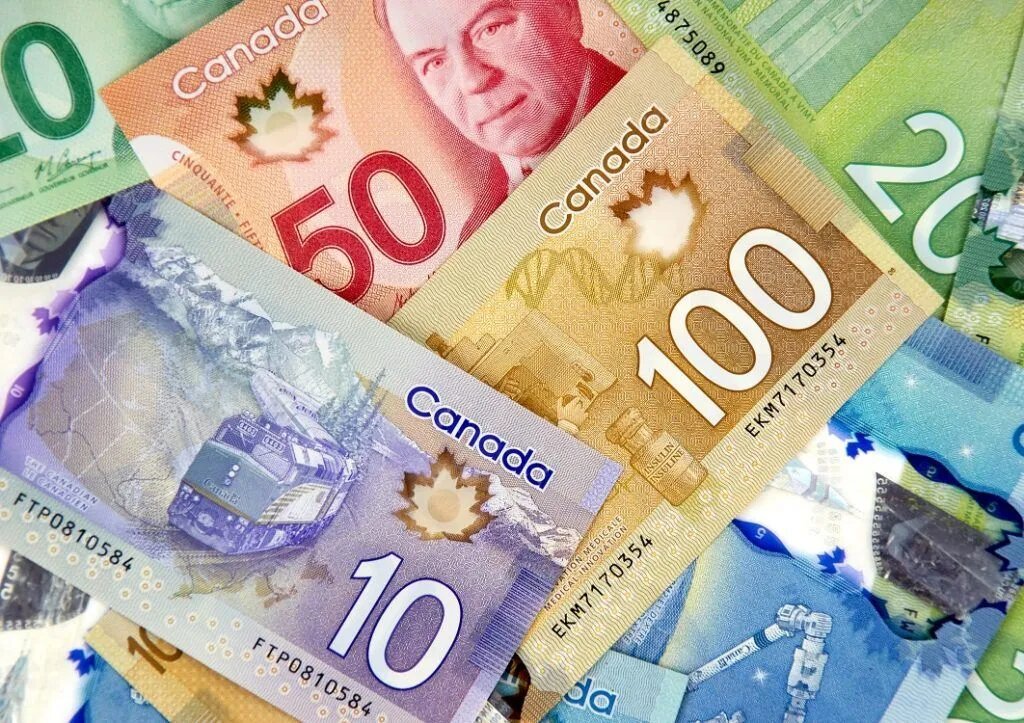
Canada’s official currency is the Canadian Dollar (CAD), the world’s sixth most traded currency. It is commonly used in international trade and banking, notably in North America. The Canadian $1 is nicknamed “Loonie” after the loon, a bird depicted on the one-dollar coin.
As a floating currency, its exchange rate is determined by supply and demand in the foreign exchange market. The Bank of Canada manages the creation and circulation of the Canadian dollar, as well as monetary policy to promote price stability and long-term economic growth.
7. Swiss Franc (CHF)
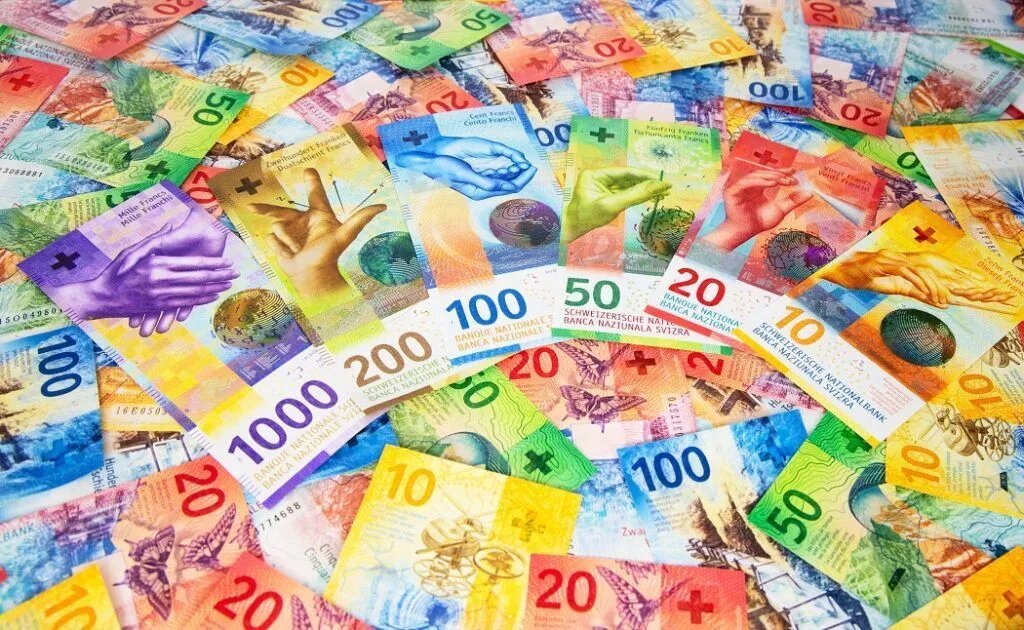
The Swiss Franc (CHF), the official currency of Switzerland, is the seventh most traded currency in the world. It is commonly used in international trade and banking, notably in Europe.
Since the 18th century, Switzerland has used the Swiss Franc as its official currency. Switzerland adopted the gold standard in 1850, and the present Franc was first issued.
8. Chinese Renminbi (CNY)
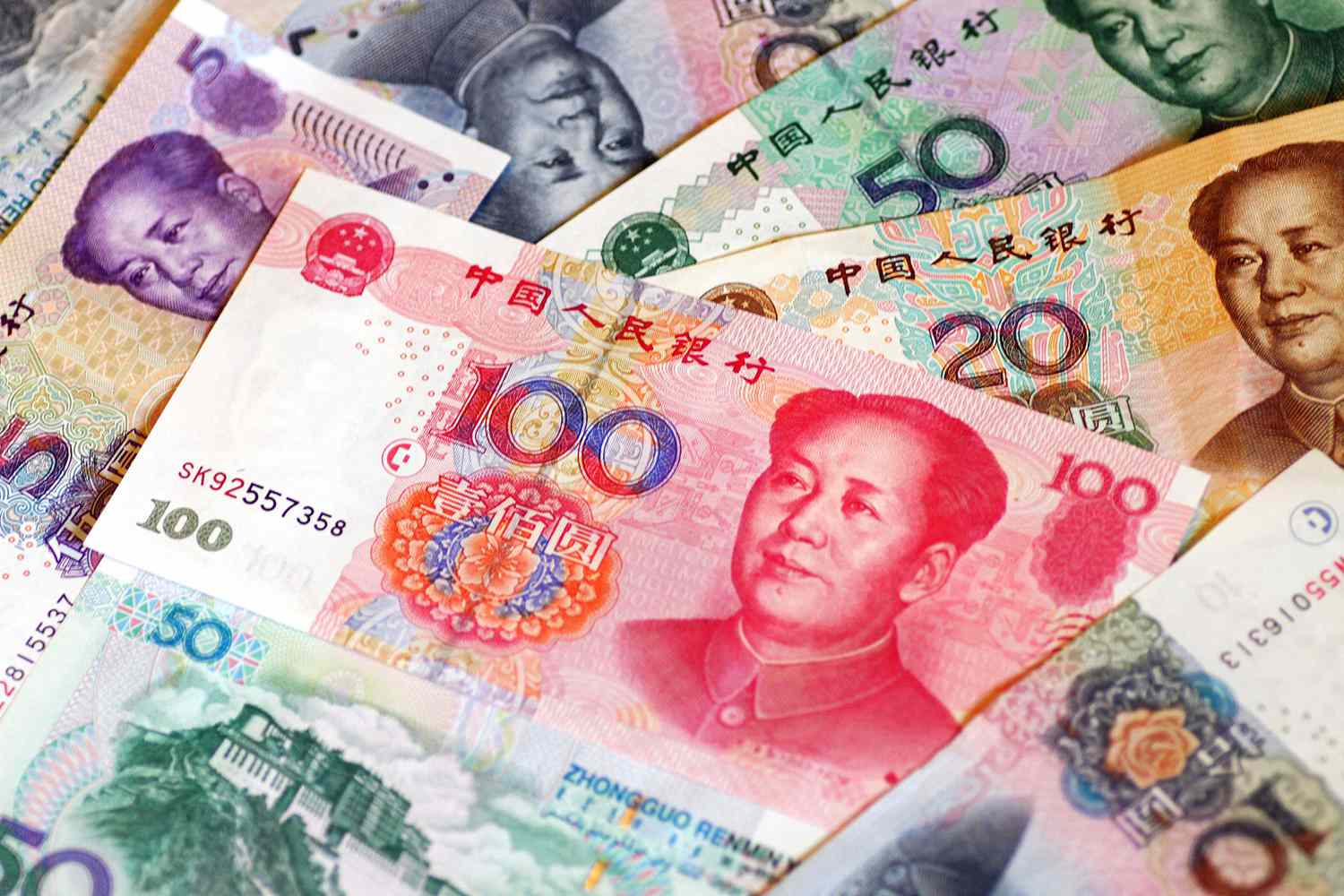
China’s official currency is the Chinese Renminbi (CNY), often known as the Chinese Yuan. It is currently the world’s tenth most traded currency, and its use has increased recently as economic connections with China have strengthened and China’s economy has expanded.
The Renminbi has a long history and has been used as currency in China for many years. Following the establishment of the People’s Republic of China in 1949, the current Renminbi was introduced. The Renminbi is issued and managed by the People’s Bank of China (PBOC), the country’s central bank.
9. Hong Kong dollar (HKD)
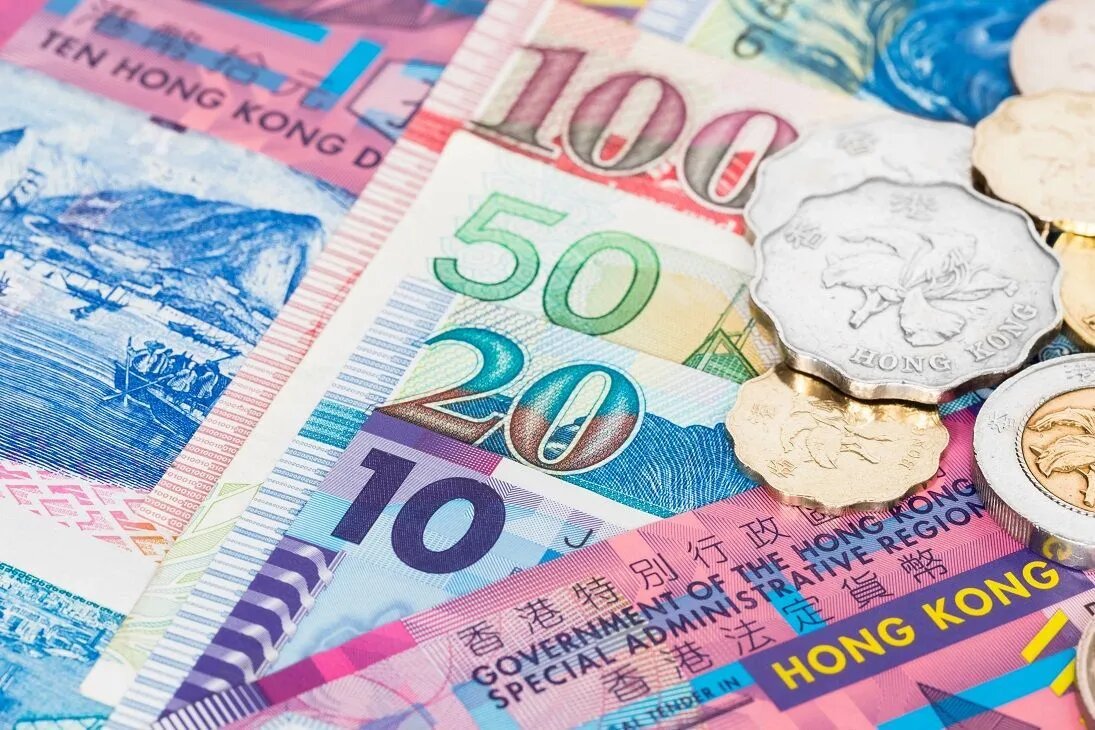
Hong Kong’s official currency is the Hong Kong dollar (HKD), which is pegged to the US dollar at a fixed rate of HKD 7.8 = USD 1.0. To maintain the fixed exchange rate, the Hong Kong Monetary Authority (HKMA) intervenes in the foreign exchange market.
This suggests that the HKD’s value is highly connected with the value of the US dollar. The Hong Kong dollar is widely used in global trade and finance as a result of the peg, particularly in Asia. The Hong Kong dollar is a popular currency for both regional investments and international trade.
10. New Zealand dollar (NZD)
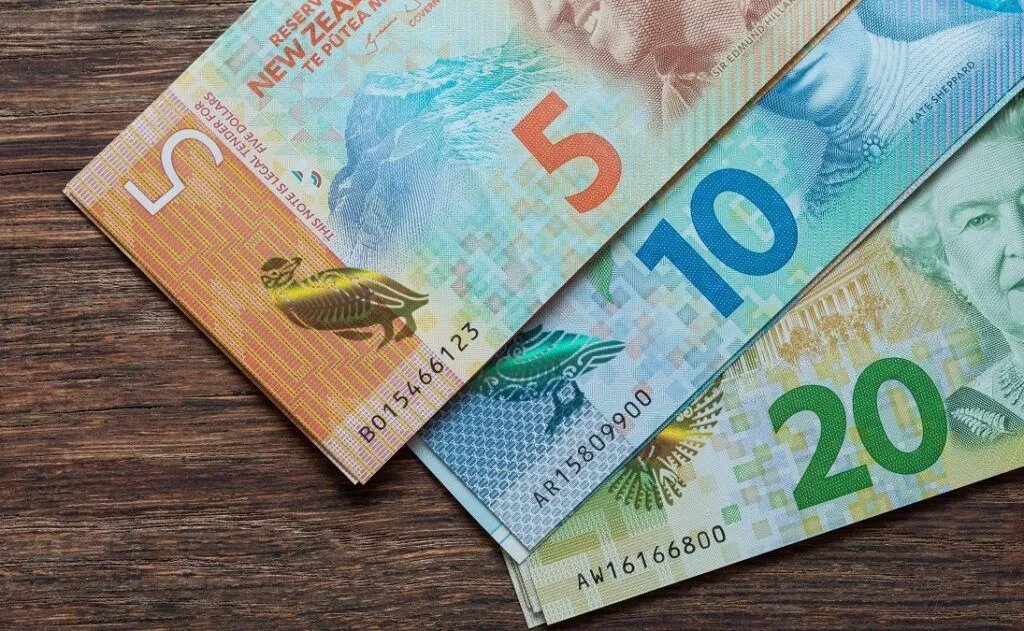
New Zealand’s official currency is the New Zealand dollar (NZD), which is the world’s tenth most traded currency. It is widely used in international trade and banking, especially in Asia and the Pacific.
Exports of goods, notably those from the agricultural sector, such as dairy and meat products, provide a significant source of income for New Zealand. As a result, the NZD’s value is closely tied to the costs of these products, making it vulnerable to swings in global commodity prices.
Top 10 Most Traded Currency Pairs
- EUR/USD (Euro/US Dollar)
- USD/JPY (US Dollar/Japanese Yen)
- GBP/USD (British Pound/US Dollar)
- AUD/USD (Australian Dollar/US Dollar)
- USD/CAD (US Dollar/Canadian Dollar)
- USD/CNY (US Dollar/Chinese Yuan)
- USD/CHF (US Dollar/Swiss Franc)
- EUR/JPY (Euro/Japanese Yen)
- EUR/GBP (Euro/British Pound)
- NZD/USD (New Zealand Dollar/US Dollar)
What Are the Top 10 Most Traded Currencies
Similar to the above list, emphasizing the dominance of these currencies in global trade and forex markets.
Most Profitable Currencies to Trade
- EUR/USD: Offers high liquidity and low spreads.
- USD/JPY: Known for its volatility, providing potential profit opportunities.
- GBP/USD: Offers significant price movements and technical predictability.
- AUD/USD: Commodity currency, influenced by gold prices.
- USD/CAD: Oil prices significantly impact this pair, offering trading opportunities.
Top 10 Most Traded Currencies Worldwide
Reiterates the importance of the US Dollar, Euro, and other major currencies in global finance and trade
Top 10 Currencies to Trade
- US Dollar (USD): The world’s primary reserve currency.
- Euro (EUR): Represents the Eurozone, offers stability and volume.
- Japanese Yen (JPY): Preferred for carry trades.
- British Pound (GBP): Known for its liquidity and volatility.
- Australian Dollar (AUD): Influenced by commodity prices.
- Canadian Dollar (CAD): Tied closely to the US economy and oil prices.
- Swiss Franc (CHF): Considered a “safe haven” currency.
- Chinese Yuan (CNY): Growing influence in global trade.
- Swedish Krona (SEK): Represents the Scandinavian market.
- New Zealand Dollar (NZD): Offers opportunities tied to agricultural and trade data.
Methods used to determine the Most Tradable Currencies
There are various approaches for determining the most marketable currencies, each focusing on a different component of the currency market. Some of the common ways are:
- Trading volume: One of the most frequent methods for determining which currencies are most tradable is to examine their trading volumes. This can be calculated by looking at how much money is bought and sold on the foreign currency market every day. In general, high-volume currencies are regarded to be more tradable than low-volume currencies.
- Popularity of use: The popularity of the use of a currency in different parts of the world can affect its tradability. The more widely a currency is used, the more tradable it tends to be.
- Market liquidity: Market liquidity is the ease with which a currency can be purchased and sold without having an impact on its exchange rate. High liquidity currencies are thought to be more tradeable than low liquidity currencies.
- Economic indicators: The value of a currency can be impacted by economic indices such as GDP, inflation, and interest rates. In general, it is thought that currencies from nations with robust and stable economies are more marketable.
- Geopolitical factors: A currency’s value can be significantly impacted by political and social stability, conflict, and other geopolitical issues. These elements may affect how tradeable a currency is.
Conclusion
To summarize, the most marketable currencies worldwide are those that are widely accepted and used in international trade and finance. These currencies are often distinguished by strong trade volumes, market liquidity, and economic stability. Despite the issues that some of these currencies face, such as commodity price swings or political uncertainty, their widespread acceptance and use make them extremely tradeable.
Traders and investors seeking exposure to various currencies can find chances in these markets. It’s crucial to remember that currency rankings and tradability might fluctuate over time based on a country’s market and economic situations, so be informed and watch the situation.
FAQs
What Makes a Currency Highly Tradable?
- Stability: Low inflation and political stability attract traders.
- Liquidity: High volume of trading ensures easier transactions.
- Economic Policies: Transparent and predictable policies increase tradability.
- Market Size: Currencies from large economies are more traded.
How Do Currency Pairs Work in Trading?
- Currency trading involves buying one currency while selling another, known as a pair (e.g., EUR/USD).
- The first currency (base) is bought, and the second (quote) is sold, based on speculation of their value changes.
What Are the Benefits of Trading in the Most Popular Currencies?
- Liquidity: Easier to buy/sell without affecting the price.
- Lower Spreads: Costs are lower due to high competition.
- More Information: Abundant analysis and data available.
- Volatility: Popular currencies offer profitable trading opportunities.
How Has the List of Top Traded Currencies Changed Recently?
- The list remains relatively stable, with the USD, EUR, and JPY consistently at the top.
- The CNY has seen increased trading due to China’s growing economic influence.
- Emerging market currencies occasionally enter the top traded based on economic developments and investor interest.
Which is the most traded currency in the world?
- The US dollar is the most traded currency in the world, representing about 88% of all currency trades.
Why is the US dollar considered the most tradable currency?
- The US dollar is considered the most tradable currency because of its widespread acceptance and use in international trade and finance. It is also considered a safe haven currency and is widely used as a reserve currency by central banks around the world.
What are the top 10 most traded currencies as of now?
- U.S. Dollar (USD), Euro (EUR), Japanese Yen (JPY), British Pound (GBP), Australian Dollar (AUD), Canadian Dollar (CAD), Swiss Franc (CHF), Chinese Yuan (CNY), Hong Kong Dollar (HKD), New Zealand Dollar (NZD).
Why is the U.S. Dollar the world’s most traded currency?
- Its global acceptance, stability, and the U.S. economy’s size make it the primary reserve currency worldwide.
How has the Euro’s position changed in global trade recently?
- The Euro remains strong, second only to the USD, with its role in international reserves and transactions relatively stable.
What factors contribute to a currency’s tradability?
- Economic stability, liquidity, global acceptance, and backing by a strong economy are key factors.
Are there any new entrants in the list of most traded currencies?
- The list remains fairly consistent, with the Chinese Yuan gaining prominence due to China’s economic growth.
Which emerging market currency is on the rise?
- The Chinese Yuan (CNY) is notable for its increasing inclusion in global transactions and reserves.
How do central banks influence the forex market?
- Through monetary policy, setting interest rates, and occasionally direct market intervention to stabilize or adjust their currency’s value.
Can geopolitical tensions impact currency trading?
- Yes, geopolitical events can cause market volatility, affecting the liquidity and value of currencies.
Are cryptocurrencies challenging traditional currencies in trading?
- Cryptocurrencies are becoming more popular but face challenges like volatility and regulatory acceptance, keeping them less tradable than fiat currencies for now.
Where can I find the latest data on currency trading volumes?
- Financial news platforms, forex trading sites, and market analysis tools provide up-to-date information on trading volumes.
What is a safe haven currency?
- A safe haven currency is a currency that is considered to be a stable and secure investment during times of economic uncertainty. These currencies are often used as a hedge against risk, as investors seek a relatively stable place to park their money. Examples include the US dollar, the Euro, the Swiss franc and the Japanese Yen
How do you determine the most tradable currencies?
- The most tradable currencies can be determined using several methods, including trading volume, market liquidity, economic indicators, geopolitical factors, and popularity of use.
Can a currency be less tradeable at some times and more tradeable in other times?
- Yes, a currency’s tradeability can change over time depending on the market conditions and economic conditions of a country.
